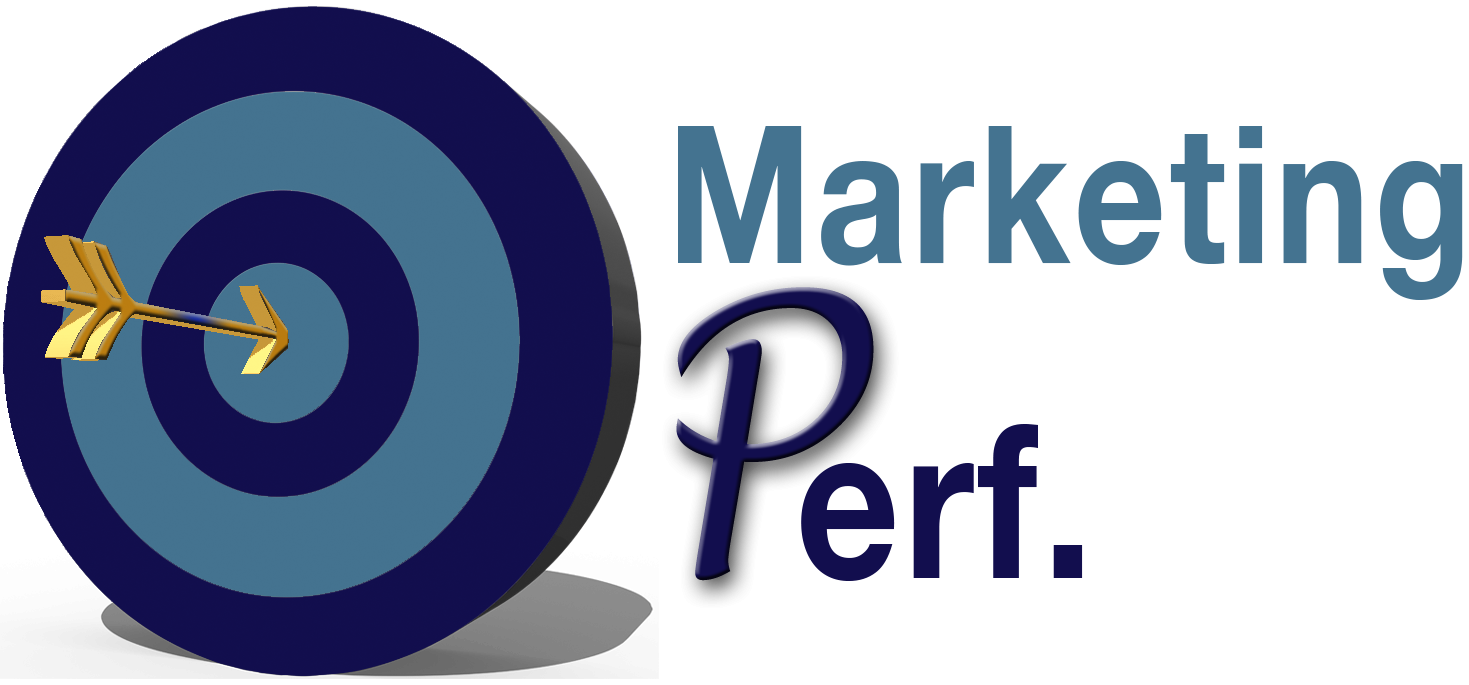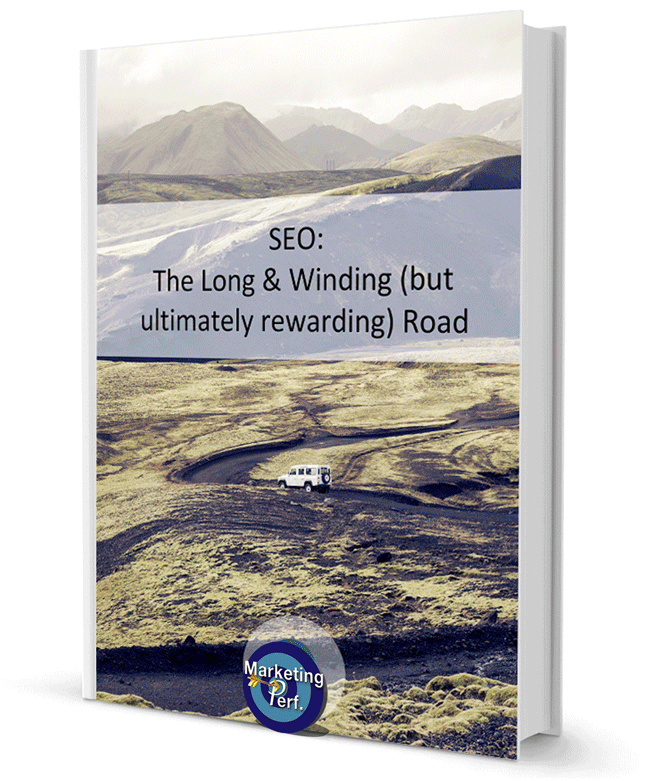Your first impulse when starting an Adwords campaign would probably be to put all your keywords in one single adgroup. Which would be wrong.
Let’s get back to the jewellery example and assume that amongst other things you’re selling silver and copper jewellery. Having all your keywords in the same adgroup would mean several things: that you can only have some very generic ads, one destination URL and that you won’t be able to have a budget for each specific set of keywords. And this is bad on several levels.
- To start with you wouldn’t be able to have 2 separate ads for copper and silver jewellery for example. Which means your potential clickers would only see if a very generic ad from you if they’re looking for silver jewellery and would more likely click on your competitors’ ad mentioning silver.
It also means that your quality score will be lower than your competitors and you will have to pay more for each click. - You wouldn’t be able to have 2 separate landing pages for copper and silver. Consequently you would have to send your clickers to a generic page that would show all your products. And by doing so you would greatly decrease your conversion rates.
- You wouldn’t be able to increase or decrease your budget on some particular items as this can only be done at adgroup or campaign level. If for example you have a larger stock of copper rings, you won’t be able to boost your sales for this item.
So how should you group your keywords? By specificity or type of items. You want adgroups for the following terms: ring, necklace, earring, silver, copper, etc. This will allow you to optimise your ads, landing pages, conversion rates and quality score. Alternatively Google’s keyword tool offers you categorised results so once you’ve selected your search terms you can simply use their classification.


